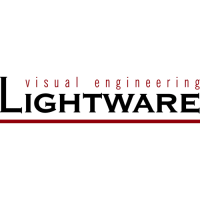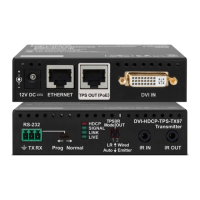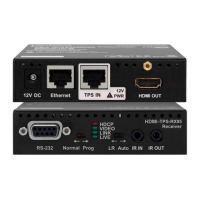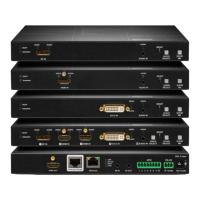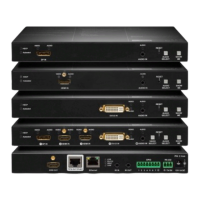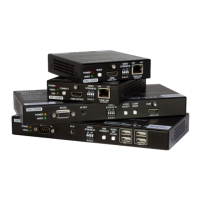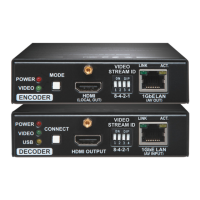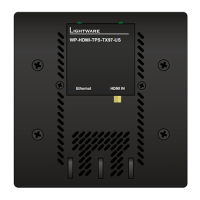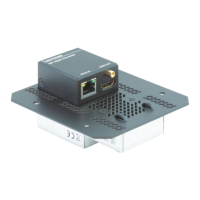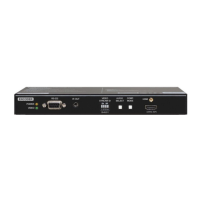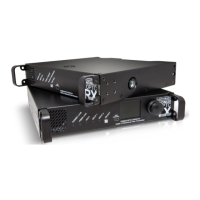7. LW2 programmers' reference
The device can be controlled through a reduced command set of LW2 protocol commands
to ensure the compatibility with other Lightware products. The supported LW2 commands
are described in this chapter.
7.1. LW2 protocol description
The device accepts commands surrounded by curly brackets - { } - and responds data
surrounded by round brackets - ( ) - only if a command was successfully executed.
Format Explanation
<in> Input number in 1 or 2 digit ASCII format (01, 5, 07, 16, etc.)
<out> Output number in 1 or 2 digit ASCII format
<in
2
> Input number in 2 digit ASCII format (01, 02, 10, 12 etc.)
<out
2
> Output number in 2 digit ASCII format (01, 02, 10, 12 etc.)
<loc> Location number in 1, 2 or 3 digit ASCII format
<id> id number in 1 or 2 digit ASCII format
<id²> id number in 2 digit ASCII format
CrLf Carriage return, Line feed (0x0D, 0x0A)
● Space character (0x20)
Each command issued by the controller
Each response received from the router
7.2. General LW2 commands
7.2.1. View product type
Description: The device responds its name.
Format Example
Command {i}
Response (I:<PRODUCT_TYPE>)CrLf
{i}
(I:SW4-OPT-TX240RAK)CrLf
Explanation: The connected device is a SW4-OPT-TX240RAK.
Legend: <PRODUCT_TYPE> shows type.
7.2.2. Query control protocol
Description: The device can be controlled with different control protocols. This command
queries the active protocol of the currently used control interface.
Format Example
Command {P_?}
Response (CURRENT●PROTOCOL●=
●#<protocol>)CrLf
{P_?}
(CURRENT PROTOCOL = #1)CrLf
Explanation: The device communicates with LW2 protocol.
HDMI-3D-OPT-TX200 series
User’s manual
LW2 programmers' reference Page 49 / 106
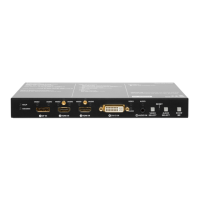
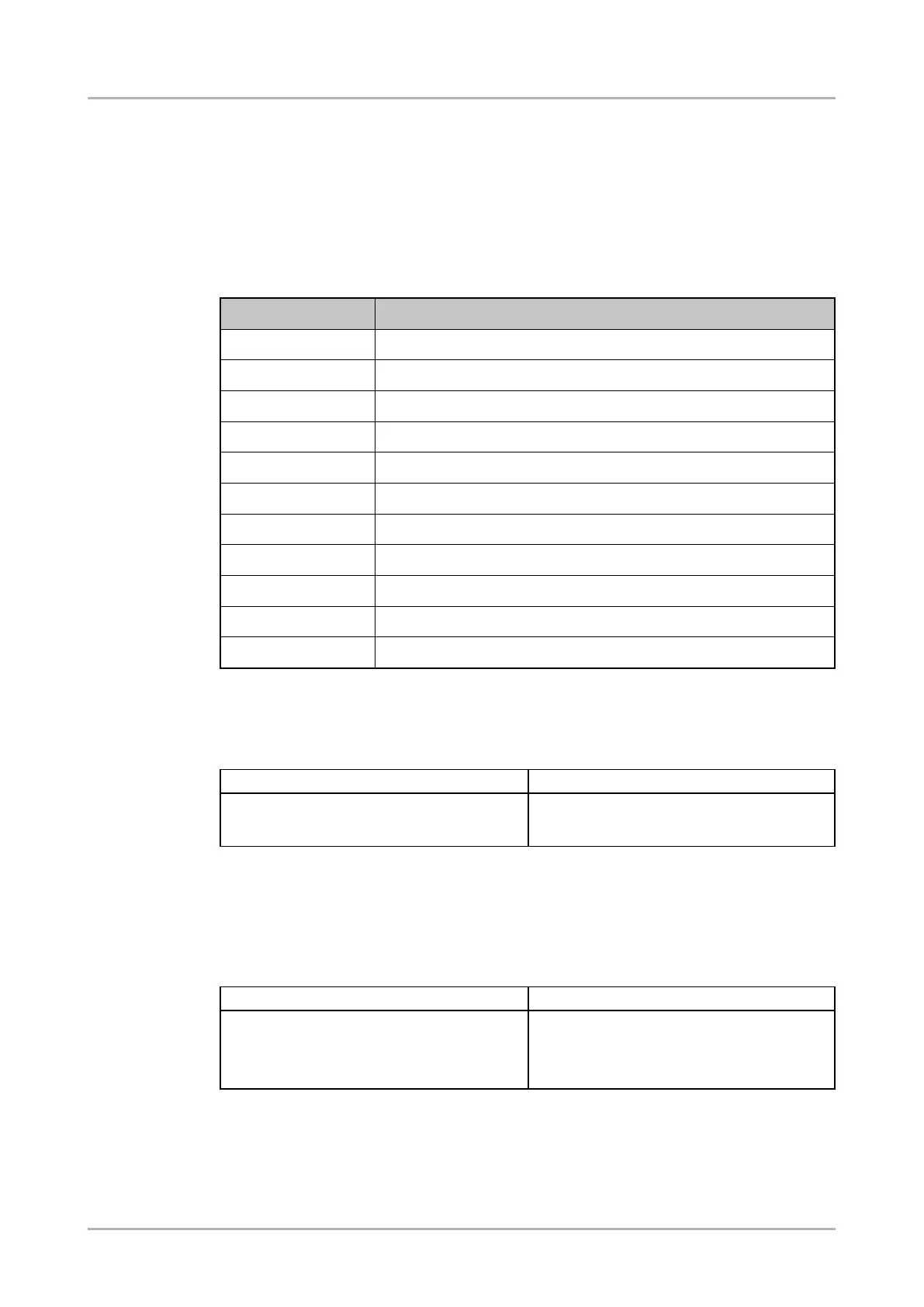